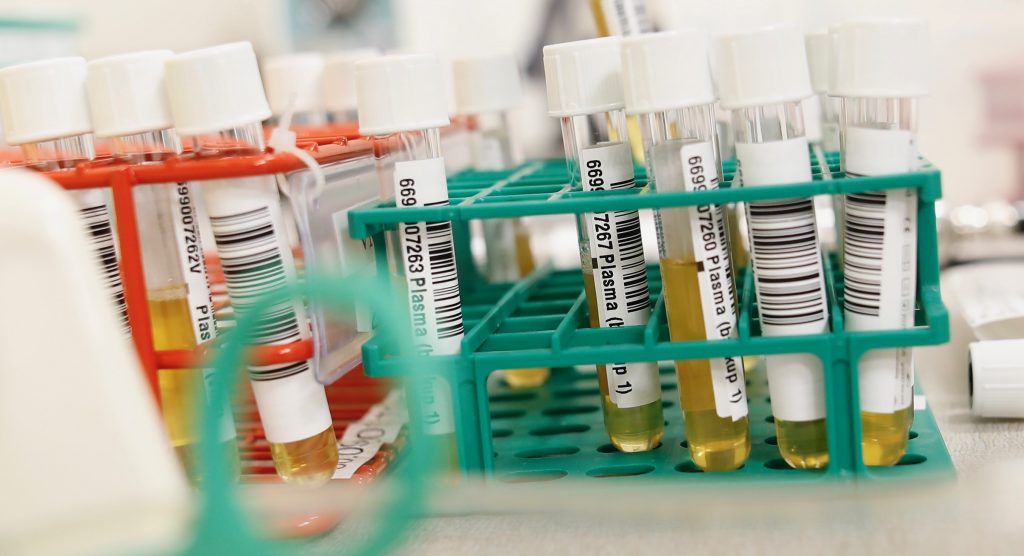How Plasma Donations Can Help Patients With Von Willebrand Disease
April 29, 2021

From autoimmune disorders to immunodeficiencies to rare blood disorders, plasma, a protein-rich component of blood, is capable of treating a wide range of medical conditions. Von Willebrand disease is one such condition. If you’d like to learn more about what exactly von Willebrand disease is and how human plasma can be used to manage it, we’ll be unpacking all of that in this blog.
What is Von Willebrand Disease?
Von Willebrand disease (VWD) is a lifelong bleeding disorder that causes blood to not clot properly. The majority of people with this disorder are born with it and inherit it from either one or both of their parents. VWD affects men and women equally, though women are more likely to notice the symptoms of the condition.
What are the Symptoms of Von Willebrand Disease?
Symptoms of von Willebrand disease oftentimes do not show up for many years. They can also be mild or completely absent, leaving many not knowing that they have the condition.
The most common symptom of VWD is abnormal bleeding. Symptoms of bleeding may include:
- Recurring or prolonged nosebleeds
- Bleeding from the gums
- Heavy or long menstrual bleeding
- Excessive bleeding after an injury, surgery, or dental work
- Blood in stool or urine
Individuals with VWD may also bruise easily and/or get bruises with a lump in them.
What Causes Von Willebrand Disease?
Our blood contains many proteins that are needed for it to properly clot. One of those proteins is called von Willebrand factor (VFW). Von Willebrand disease occurs when someone has either a low level of VWF or the VWF protein doesn’t function like it is supposed to.
There are three major types of VWD: Type 1, Type 2, and Type 3.
- Type 1: People who have VWD Type 1 have lower-than-normal levels of VWF. This is the most common and mildest form of the condition.
- Type 2: With Type 2 VWD, the body makes normal amounts of VWF, but it does not function the way it should.
- Type 3: This form of VWD is the most severe. Individuals with Type 3 VWD have very little or no VWF and low levels of factor VIII, which is another essential blood-clotting protein.
How is Von Willebrand Disease Treated?
Although von Willebrand disease cannot be cured, there are a number of treatments that can be used to manage the condition. The treatments a patient with VWD receives depend on the type and severity of their condition.
Desmopressin (DDAVP) is a synthetic hormone that makes the body release more VWF into the blood. It can be administered via an injection or through a nasal spray and is used to treat those with milder forms of VWD.
Plasma-derived VWF-containing concentrates, like Alphanate and Vovendi, can be used to treat individuals with more severe forms of VWD. They can also be used to treat patients who don’t respond well to DDAVP. These medications are intravenously administered to replace the missing factor in the blood.
By donating plasma, you can help patients with rare conditions like von Willebrand disease receive the treatments they need to lead a healthier life. Visit the eligibility page of our website to find out if you can donate plasma at Canadian Plasma Resources. We’re always happy to welcome new donors to our centres!









